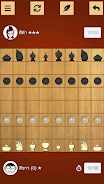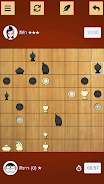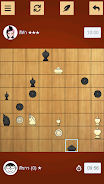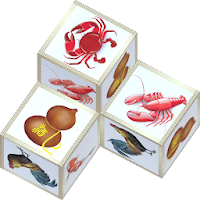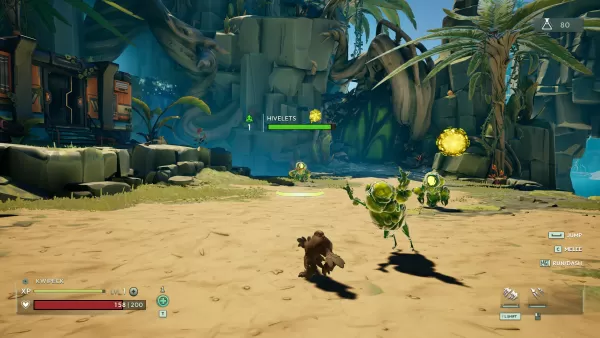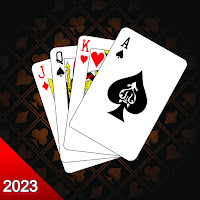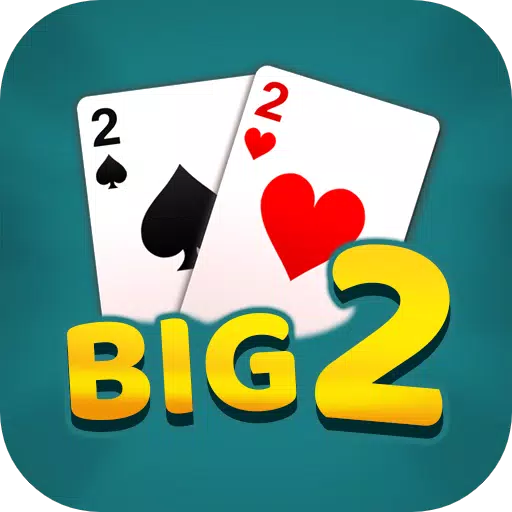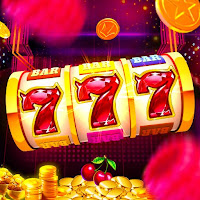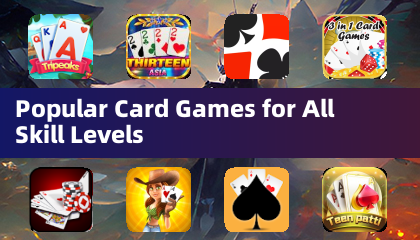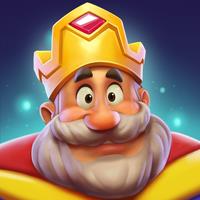Makruk, also known as Thai chess, is a fascinating traditional strategy game that shares similarities with international chess but boasts unique rules and pieces. Played on an 8x8 board, the game involves pieces such as the king, queen, and various pawns, each with distinct movement patterns. The primary objective remains the same: to checkmate the opponent's king. Makruk is renowned for its emphasis on tactical skill and strategic planning, making it a beloved pastime in Thailand.
Features of Makruk:
- Play Against AIs: Hone your skills by challenging artificial intelligence opponents ranging from Easy to Expert levels.
- Daily Challenge: Engage with a new challenge every day to test your abilities.
- Global Leaderboard: Compete with players from around the world and strive to climb the ranks.
- Share Your Games: Share your most impressive moves with friends and family.
- Undo & Save/Load: Correct mistakes with the undo feature and save your games to resume playing later.
- Timer Based Game: Enhance the excitement with timed gameplay options.
Makruk, or Thai chess (Thai: หมากรุก; rtgs: Mak Ruk), traces its origins to the 6th-century Indian game of chaturanga or a similar ancestor, linking it closely to chess. It is considered the most similar living game to this ancient common ancestor of all chess variants.
An impressive number of Thais can play makruk, with around two million enthusiasts, while approximately 5,000 can play international chess. According to former world chess champion Vladimir Kramnik, Makruk Thai is more strategic than international chess, requiring meticulous planning akin to an anticipated endgame in the latter.
Rules
The Pawn (called เบี้ย bia, a cowry shell, historically used for currency) moves and captures similarly to a pawn in international chess, but it cannot advance two squares on its first move and thus cannot be captured en passant. A pawn reaching the sixth rank is always promoted to a queen (med).
The Queen (called เม็ด met), the weakest piece, moves one step diagonally in any direction, akin to the fers in shatranj or a cat sword in dai shogi.
The Bishop (called โคน khon, nobleman or mask) can move one step diagonally in any direction or one step forward, similar to the silver general in shogi.
The Knight (called ม้า ma, horse) moves exactly like a knight in Western chess: two steps in one direction followed by one step perpendicular, jumping over any intervening pieces.
The Rook (called เรือ ruea, boat) moves like a rook in Western chess, any number of squares horizontally or vertically.
The King (called ขุน khun) moves like a king in international chess – one step in any direction. He can make a special move called Ses (a knight jump) on his first move, though this is no longer used in Thailand. The game concludes when the king is checkmated.
What's New
- Bug fixes.


